Whether they are living with the scars of battle or facing other hardships, too many people who have served our country are struggling with hunger. Take Paul Sullivan — a six-year Marine. For him, it wasn’t doing battle in the field; it was a freak accident moving a couch that ended his career as a bricklayer.
After years of hard work and planning, Paul was thrilled to be moving ahead with his dream of relocating to Hawaii. But his life changed forever in a split-second, in a freak accident when he slipped and fell while moving a couch. A serious head injury and dislocated shoulder put Paul’s dreams on hold and sent his life into a tailspin.
“I had such big plans, but now I can’t really know what’s coming next,” said Paul. “Not knowing if I’m going to recover all the way or be able to work again, it’s tough.”
At the height of his career, Paul earned a six-figure salary, working on San Francisco’s tallest skyscrapers. In the late 90’s, he was even part of a team that helped repair the warehouse floor at the San Francisco-Marin Food Bank.
“It’s funny how life comes full circle,” said Paul, who receives groceries from the Food Bank at the Ritter Center’s weekly food pantry in San Rafael. “Once, I was fixing the Food Bank’s floors, and here I am today getting food.
Today, four years after the accident, Paul has learned to manage recurring pain and frequent migraines. He continues to grapple with short-term memory loss.
“It makes a big difference when you’re struggling to be able to eat healthy,” he added. “When I had more money I didn’t eat as well as I do now. I use everything I get and incorporate all of this good food into what I eat.”
Not wanting to be a burden to his family, he was homeless for 3½ months until an 84-year-old former Marine invited Paul and his dog, Gigi, to live in his home in exchange for doing handy work around the house.
“It’s caring like this, coming from all around, that makes it easier for me to believe those good things are going to come,” Paul said, getting emotional.
On Wednesdays, you can often find him volunteering at the food pantry, one of the several services offered by Ritter Center. The Center is a Food Bank partner that helps the homeless and low-income residents of Marin to stabilize their lives through a wide range of social services including case management, health care, mental health therapy, substance use counseling, and supplemental food.
Paul credits Ritter Center with saving his life: “When I first came to Ritter Center, I was struggling with anger and depression. I came here to shower, get a bag of food now and then, and availed myself of the free counseling services. There are so many kindnesses here. I honestly don’t know where I would be today if I hadn’t found this help.”


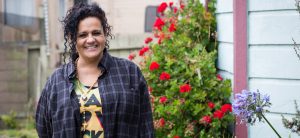
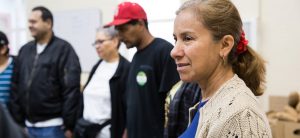
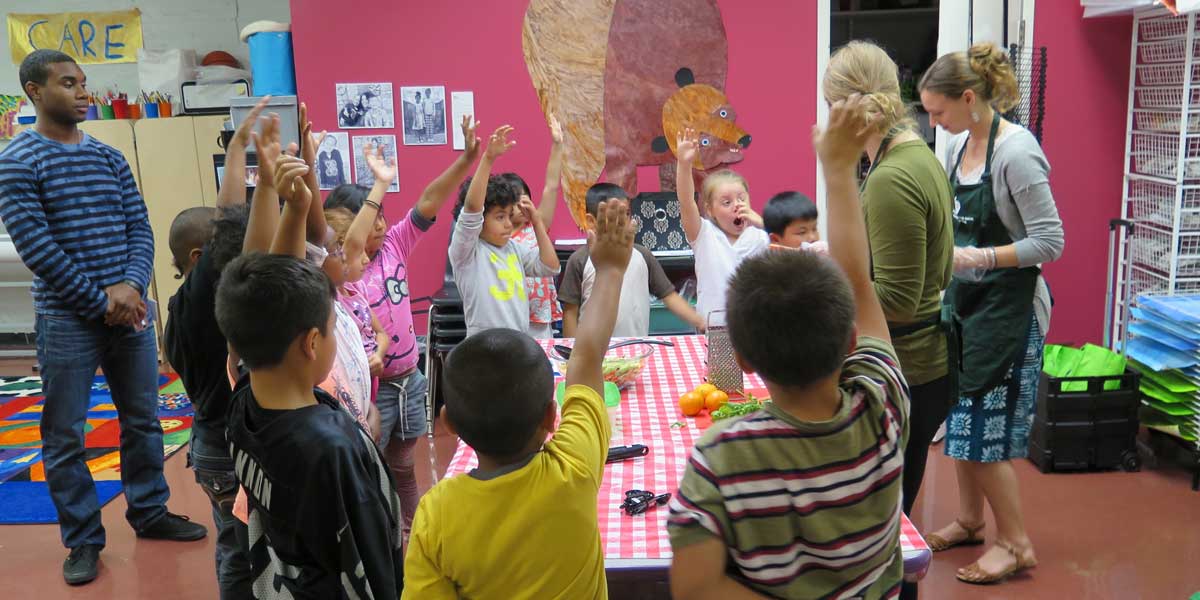 After learning about all the great things fruits and vegetables can do for their health, the students then help to cook the rainbow! Crunchy cabbage, carrots, snap peas, bell peppers, chicken and a homemade salad dressing are combined to make a Zesty Asian Chicken Salad.
After learning about all the great things fruits and vegetables can do for their health, the students then help to cook the rainbow! Crunchy cabbage, carrots, snap peas, bell peppers, chicken and a homemade salad dressing are combined to make a Zesty Asian Chicken Salad.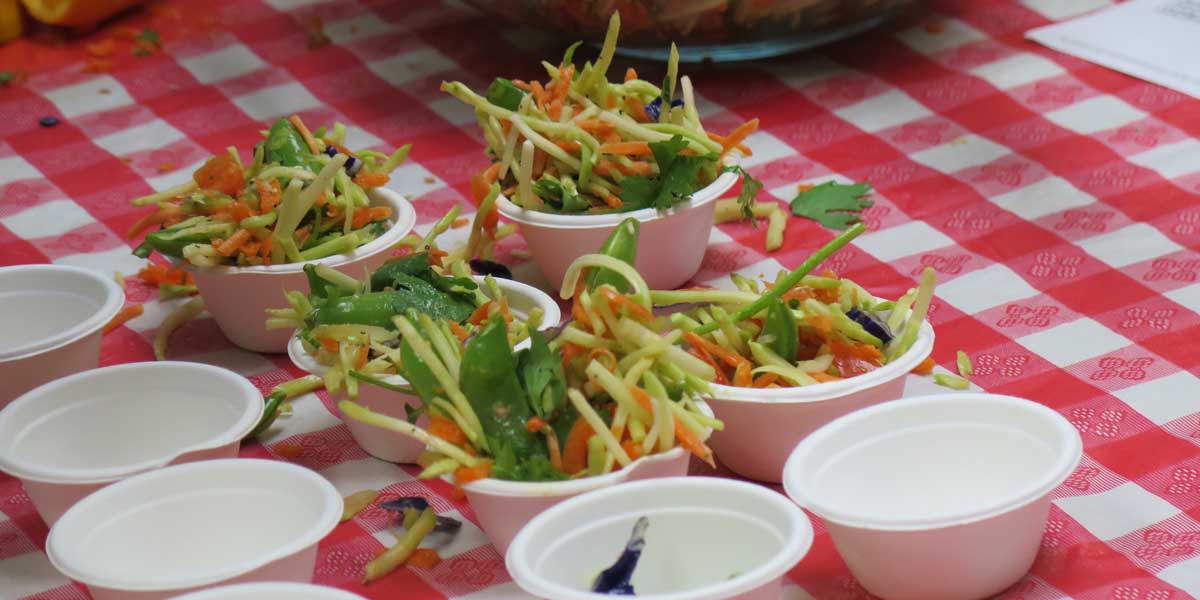
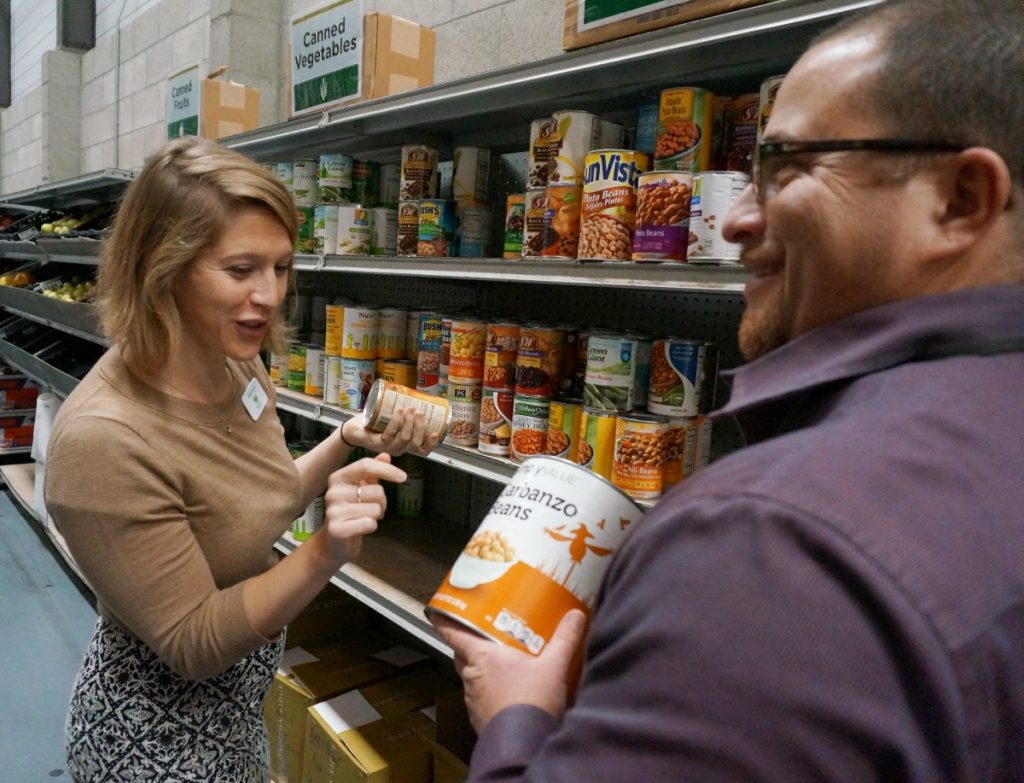
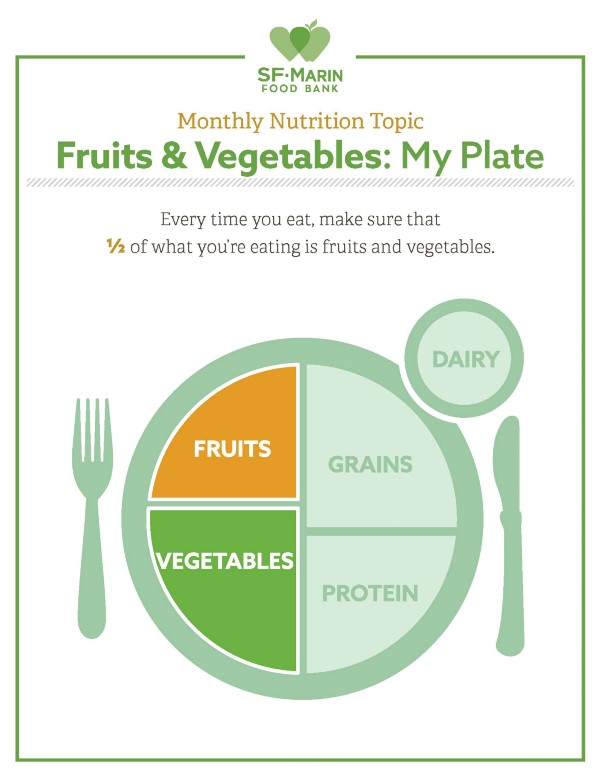
Share